- Dominik Škoda
- 22088 views
- 0 comments

The fact that coffee encourages creative thinking is evidenced by the many types of coffee drinks available in cafes around the world today. Each of them has its own story, its own person, its own idea...
What is the story of the ristretto?
We know it to be one of the younger ones among coffee drinks. The ristretto boom came in the 1980s. And perhaps it has something to do with the way times in general started to speed up. Who wouldn't want a coffee that is both quickly made and quickly drunk?
As for the man who linked his name to ristretto, David Schomer is most often mentioned. At the time, he owned a coffee shop called Espresso Vivace in Seattle, USA. As he and his favourite claimed, coffee should be thick as honey and fit in a single sip.
He could only achieve this by modifying the classic espresso. So the ristretto retains the original coffee dose, but the water is gone. And, paradoxically, caffeine.
Where did the caffeine in the ristretto go?
Most people believe that if a batch of coffee is used in less water, the resulting drink must inevitably contain more caffeine. After all, it is more concentrated! And it will taste like it too. But the coffee ristretto's rich flavour comes mainly from the higher concentration of essential oils.
The caffeine content is lower compared to espresso. The amount depends on the grinding method and the type of coffee, but due to the faster preparation, the caffeine simply does not have time to be released in adequate quantities into the resulting coffee.
Ristretto won't forgive you
...at least when it comes to coffee selection. Because of the way it's prepared, there's absolutely no chance that you could mask any flaws in aroma or flavor.
As for grinding coarseness, experts say coffee should be finer ground.
Ideally, you should not use chlorinated water for brewing, as it will significantly interfere with the taste of the resulting beverage.
And when it comes to roasting grade, those in northern Italy will clearly recommend a medium roast, while those in the south will vote for a dark roast, which retains the chocolate flavour well. You'll see for yourself which one you lean towards.
What's the difference between espresso and ristretto
To give you a clear picture, we've prepared a table for you.
|
Espresso |
Ristretto |
|
|
A dose of coffee |
8-12 g |
8-12 g |
|
Quantity of water |
30 ml |
15-20 ml |
|
Preparation time |
25-30 seconds |
15-17 seconds |
|
50-70 mg |
25-30 mg |
So anyone who wants a small, flavorful coffee but is afraid of excessive caffeine is an ideal ristretto consumer.
Don't look for a spoon and sugar in a ristretto
If you order a ristretto at a coffee shop and get a tiny cup of coffee without a spoon or sugar, it's not because the server forgot something. This is because this coffee is drunk unsweetened and without stirring, and, according to experts, only after a meal. And ideally you should drink plain water beforehand so you can enjoy the taste of the espresso ristretto to the full.

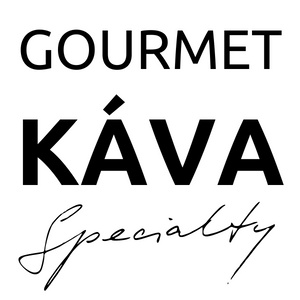
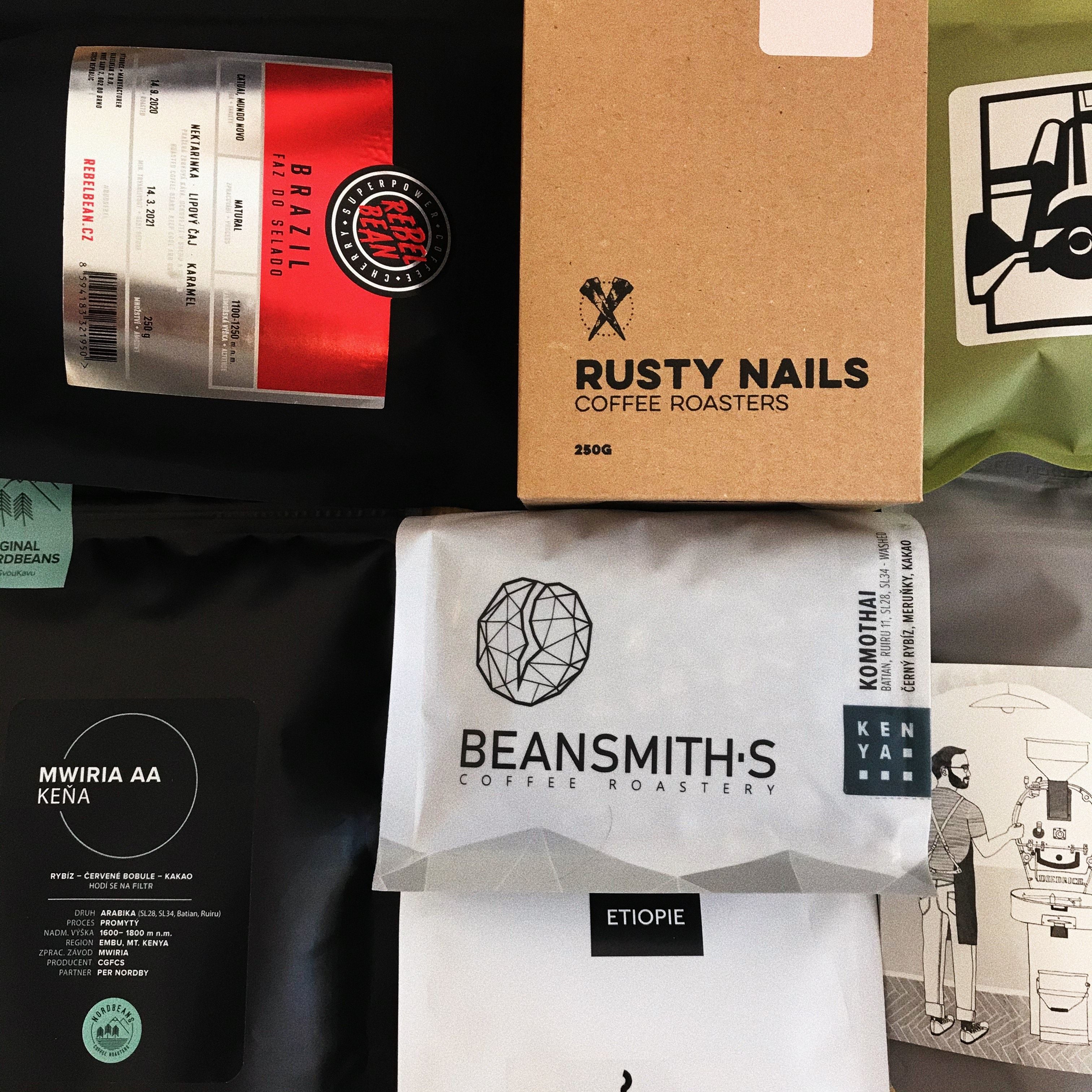
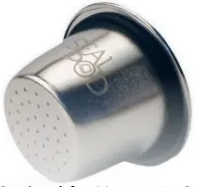
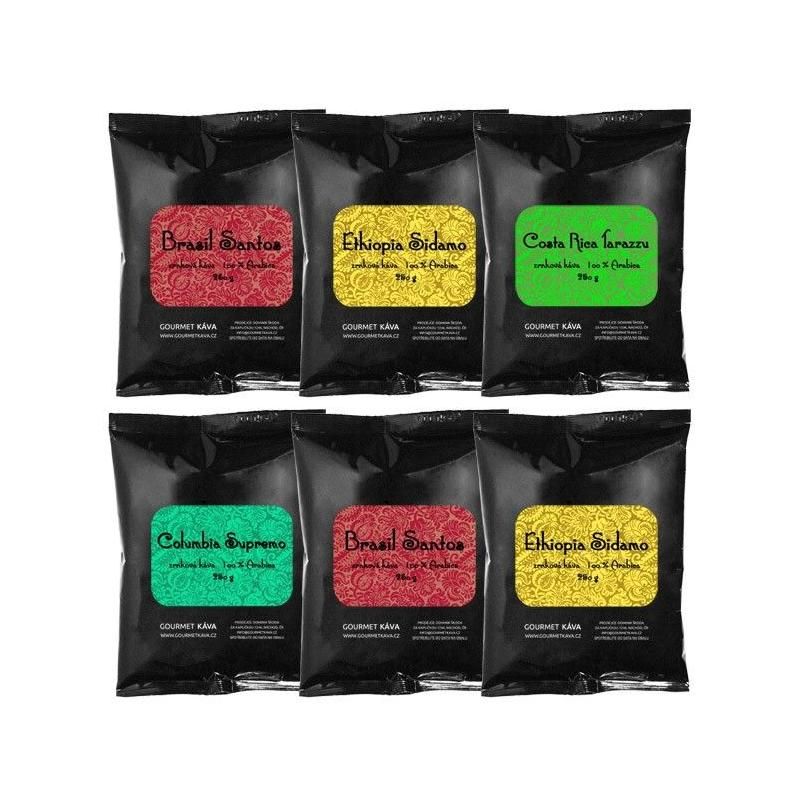

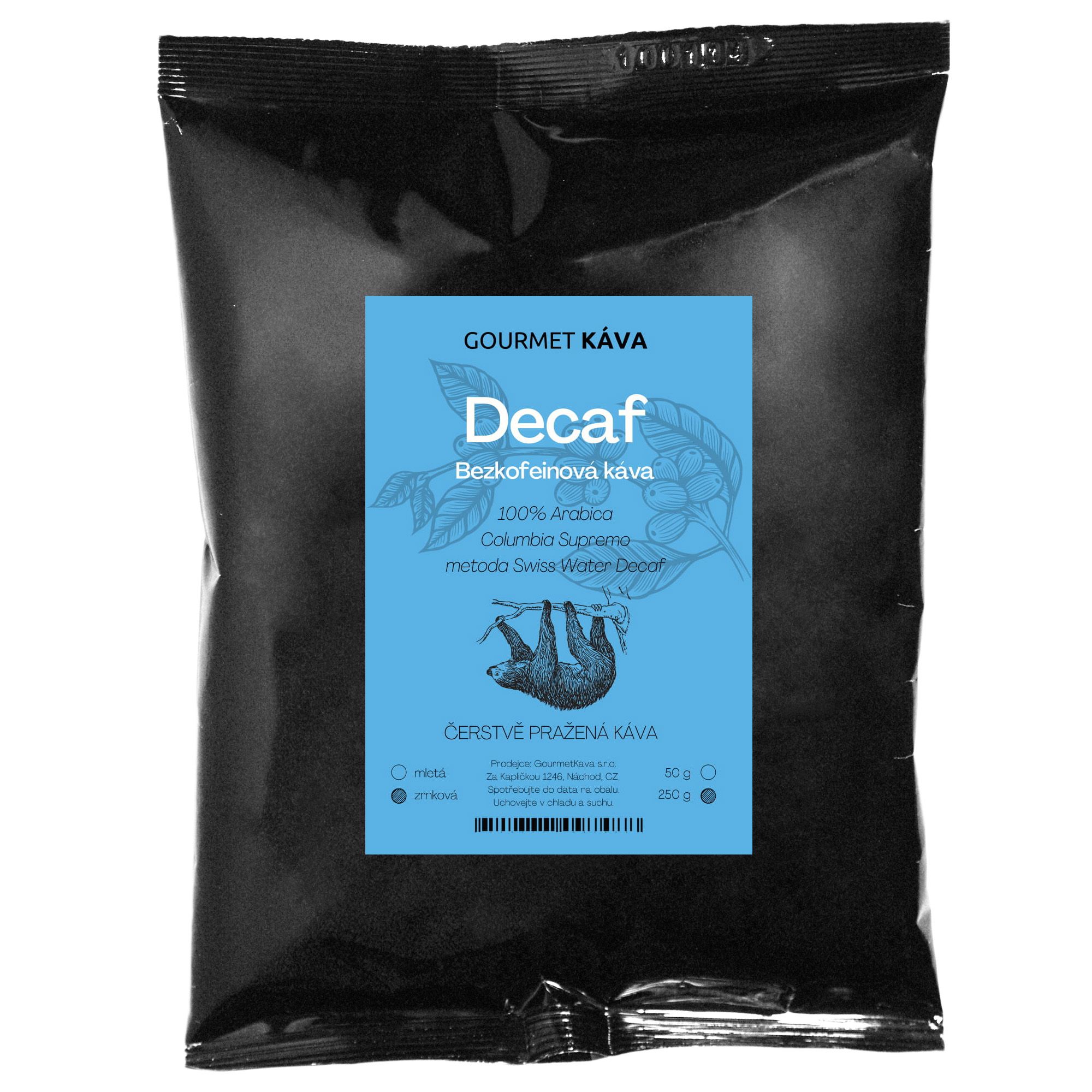


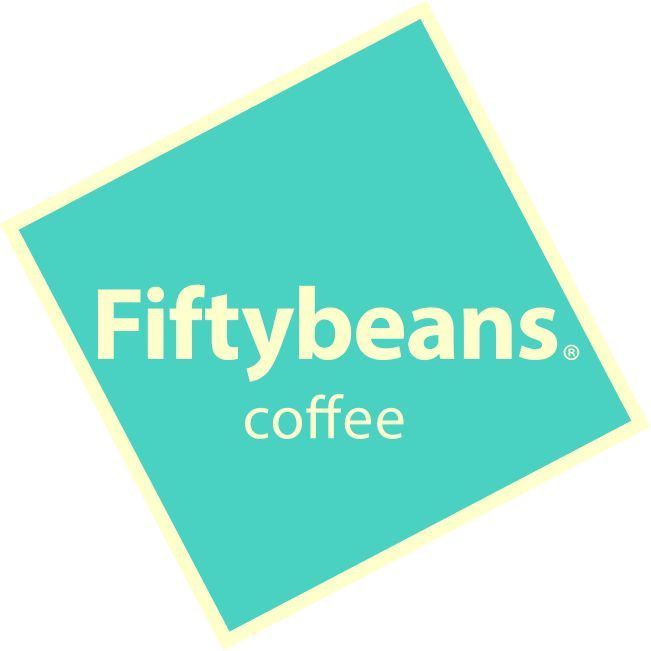
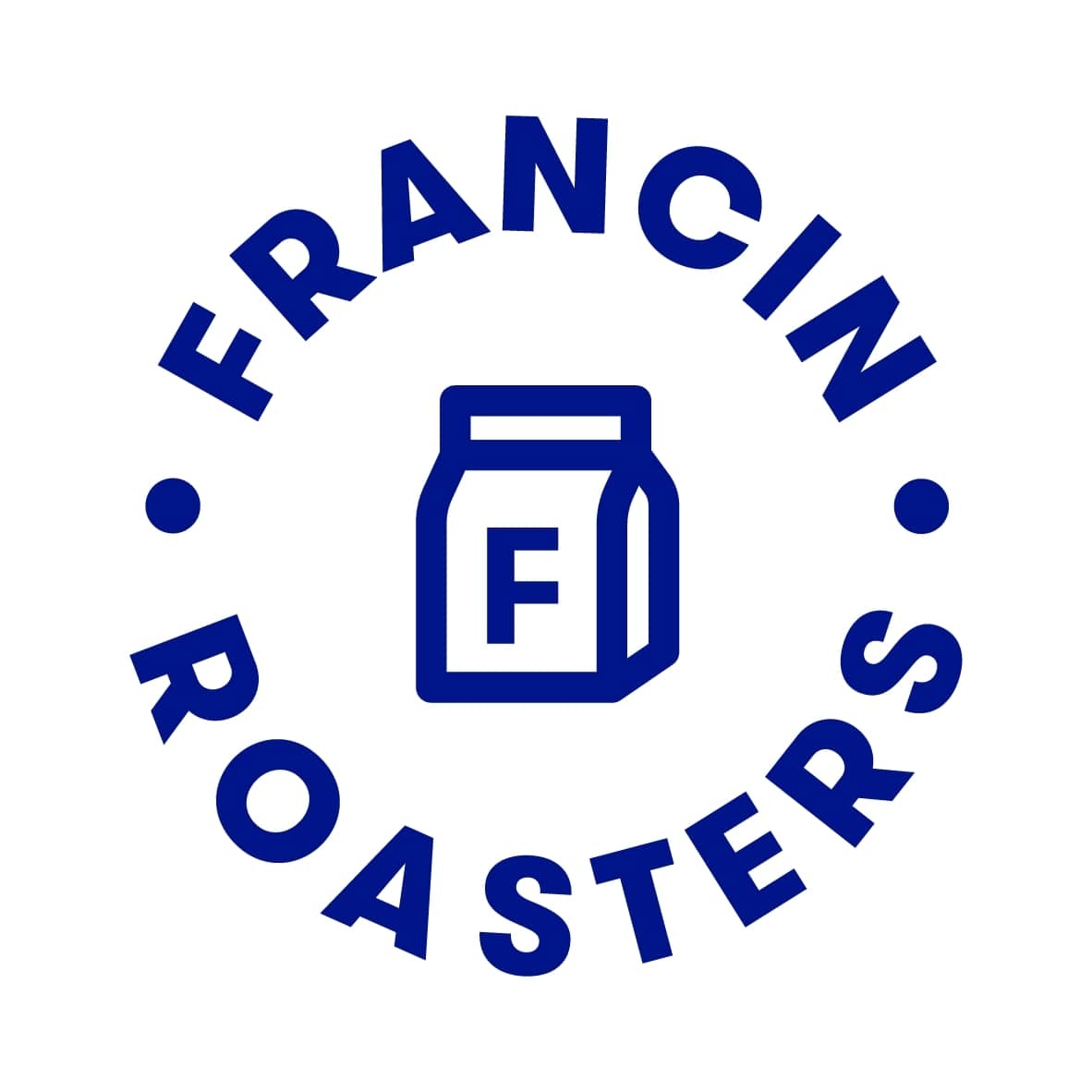
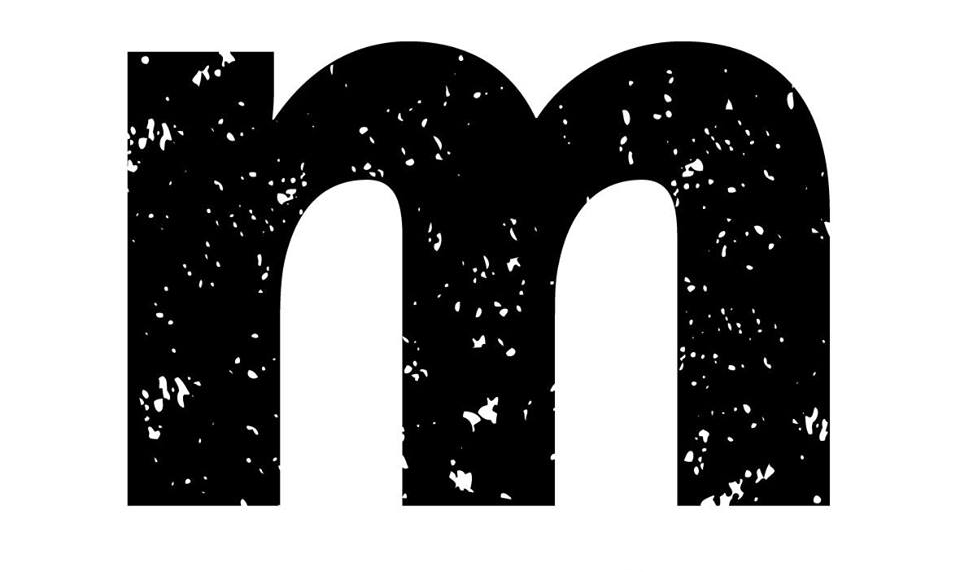
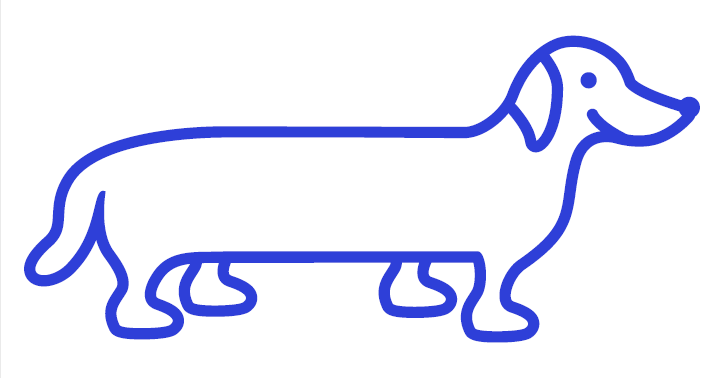

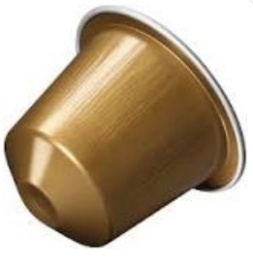
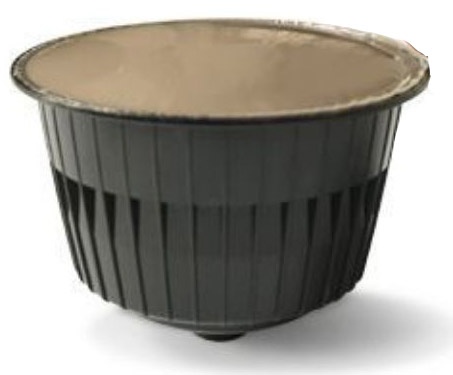
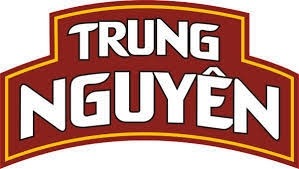
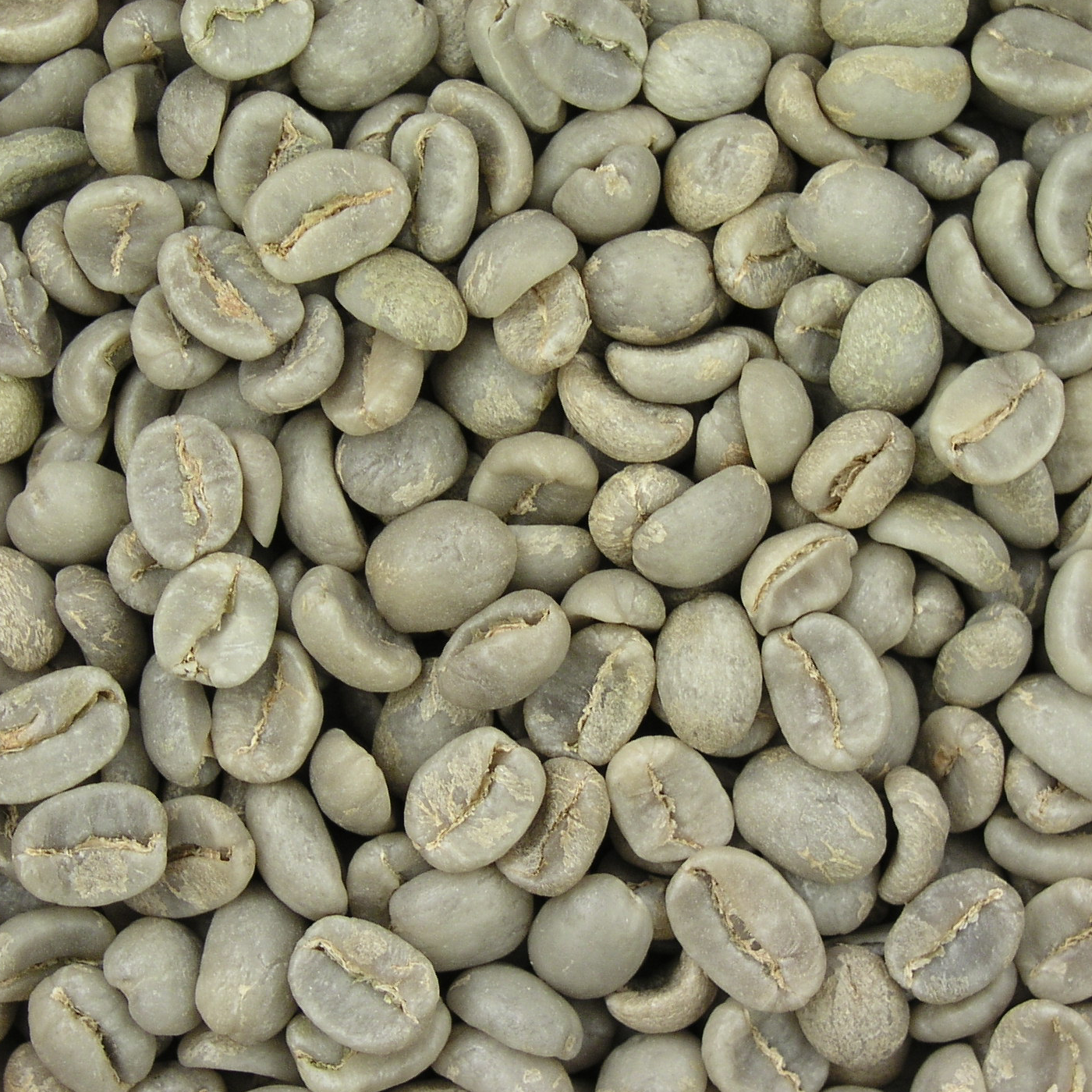

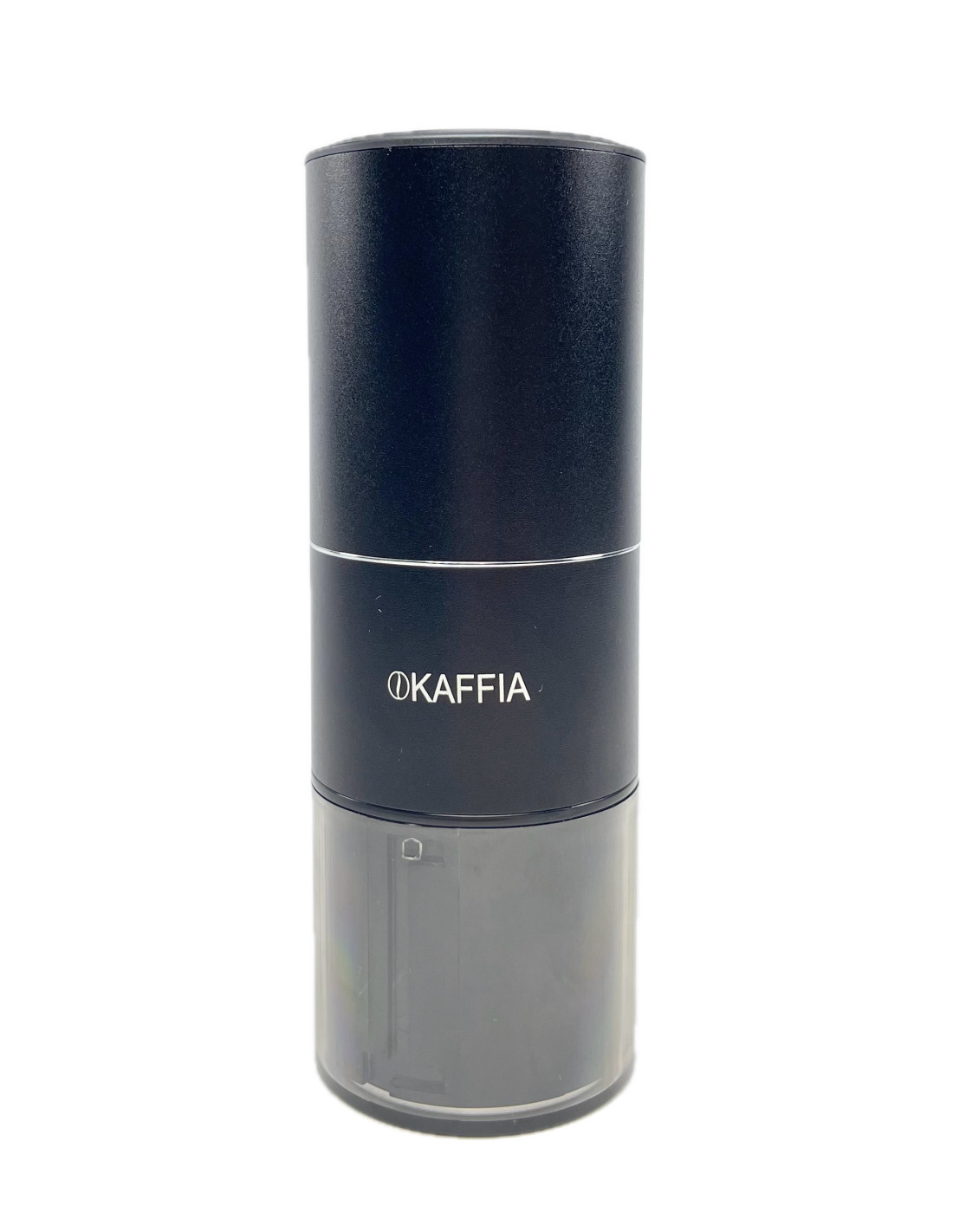
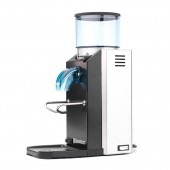

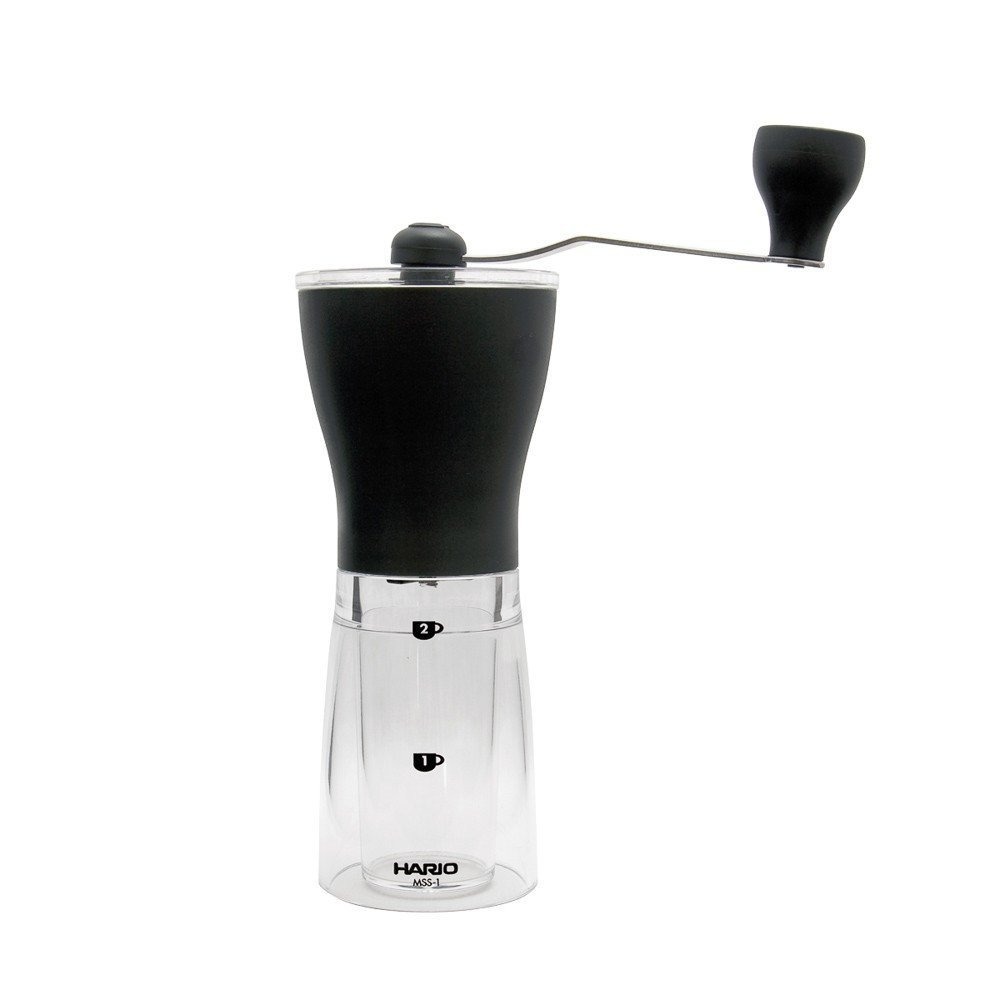
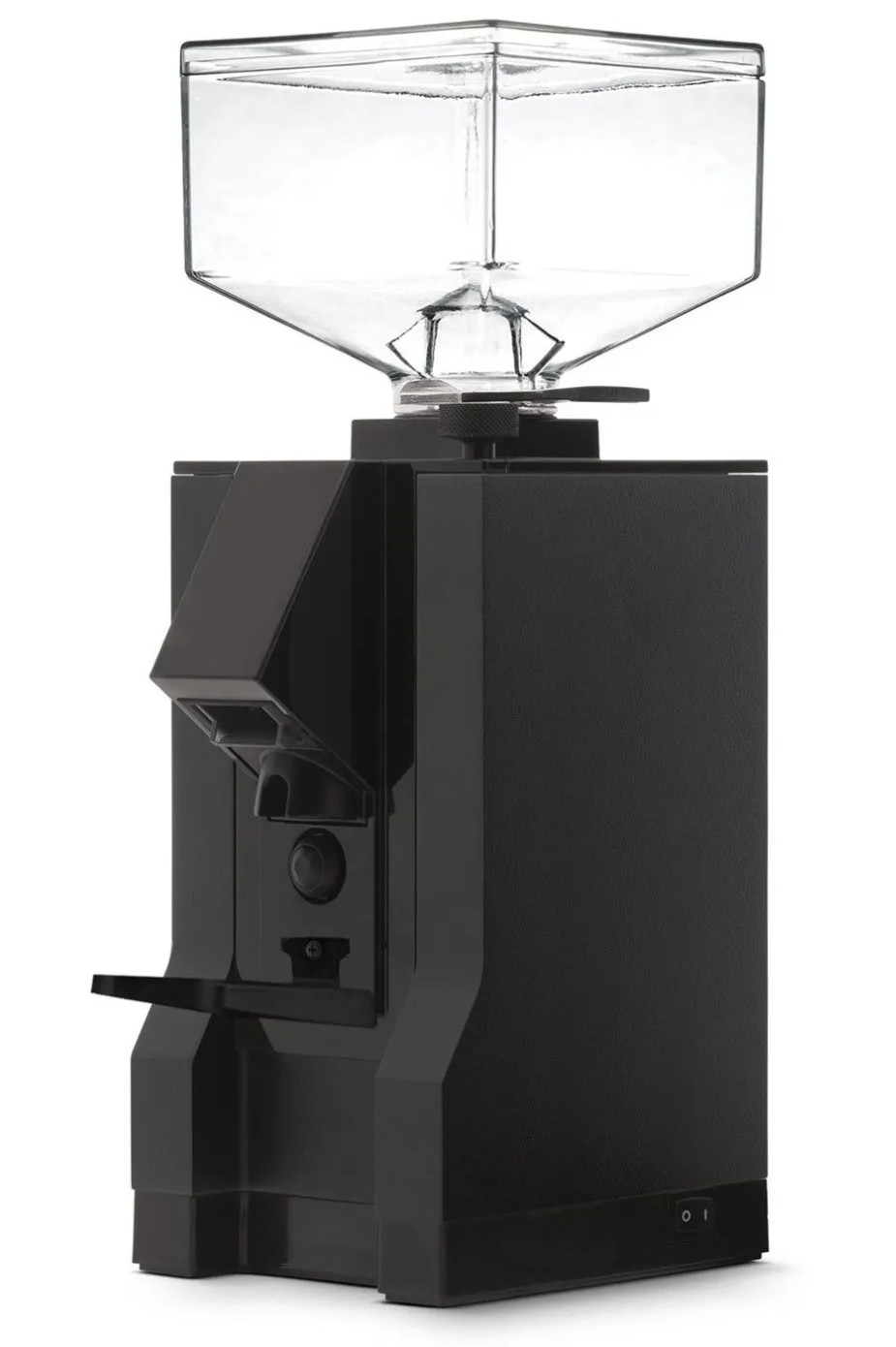
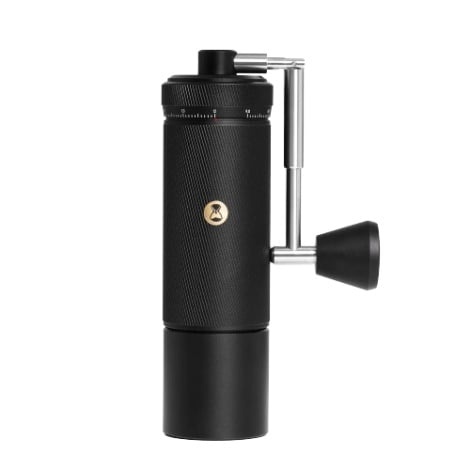
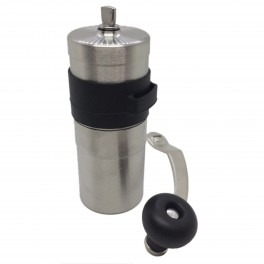
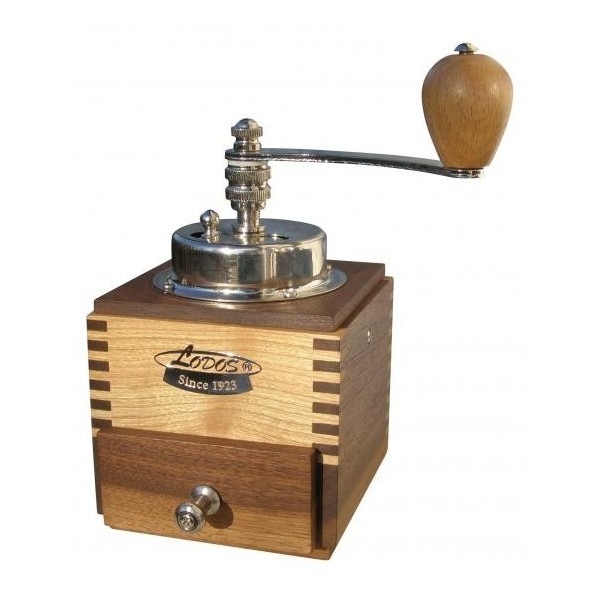
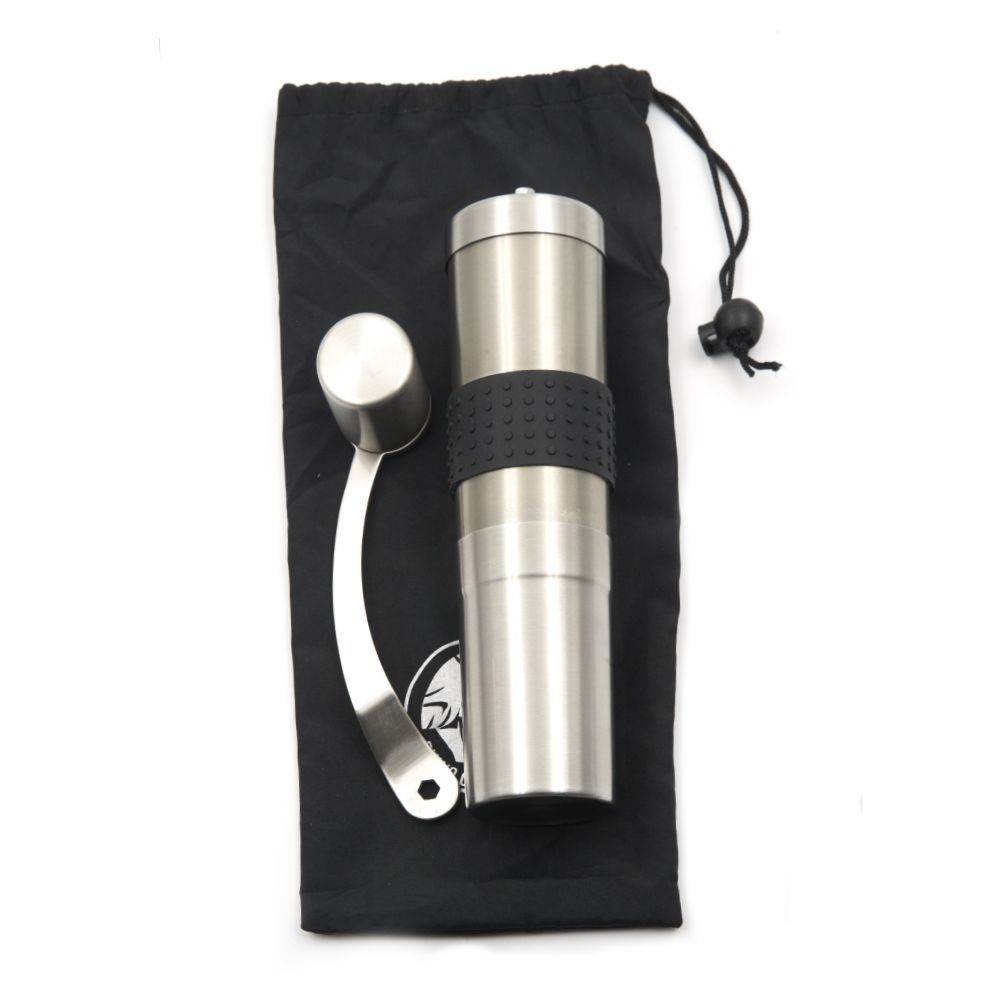
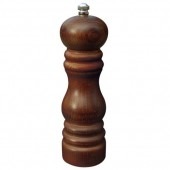




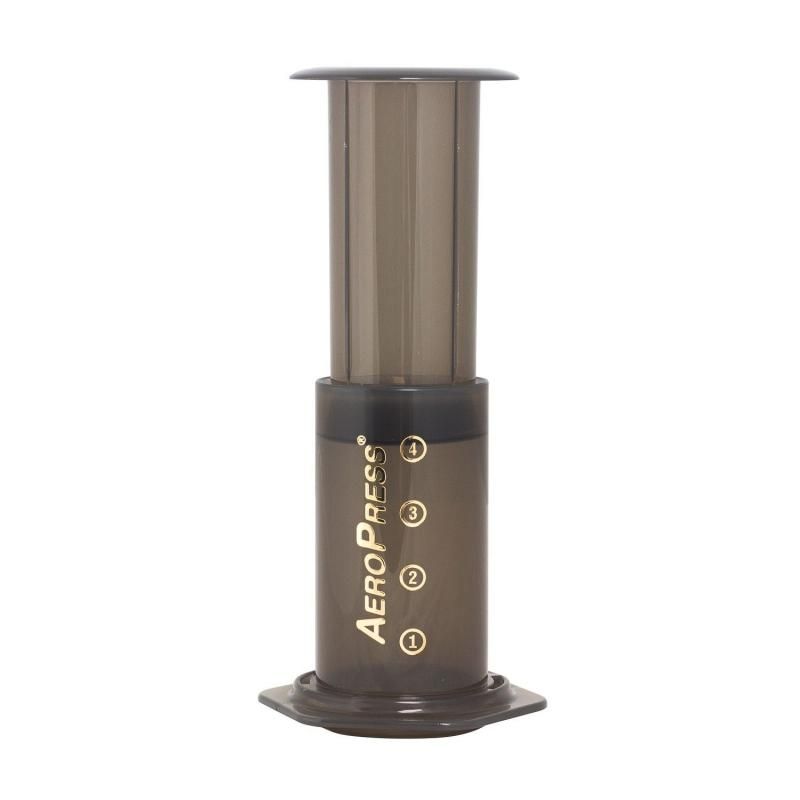
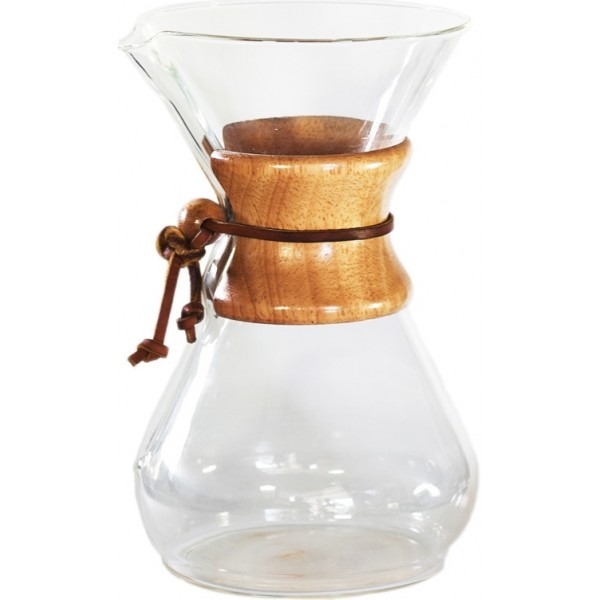
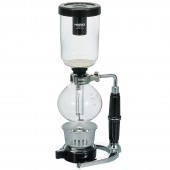
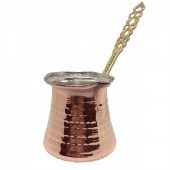
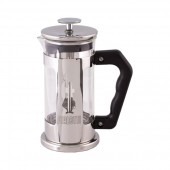
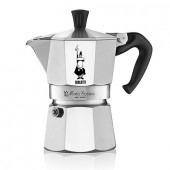
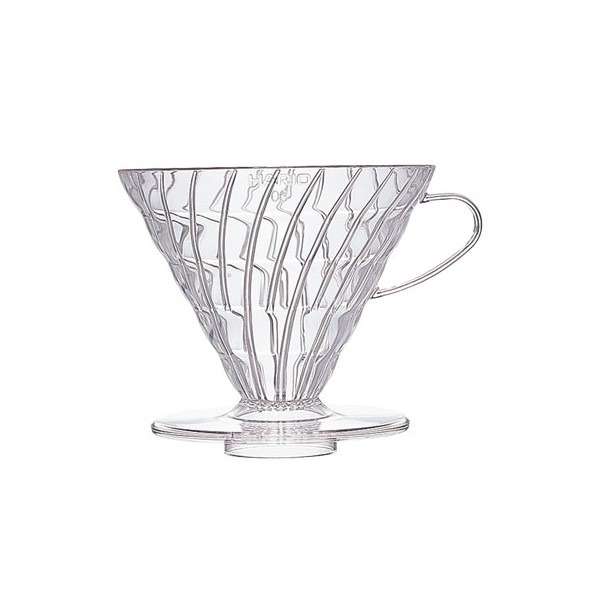

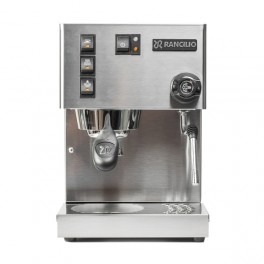
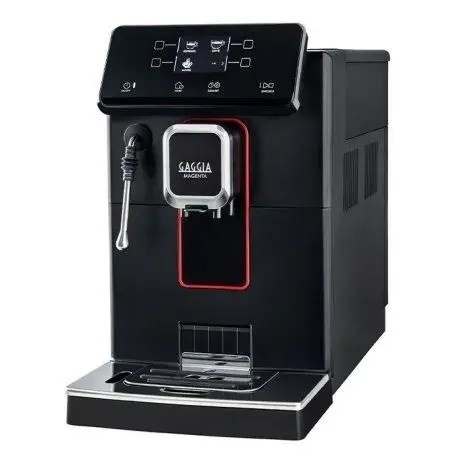
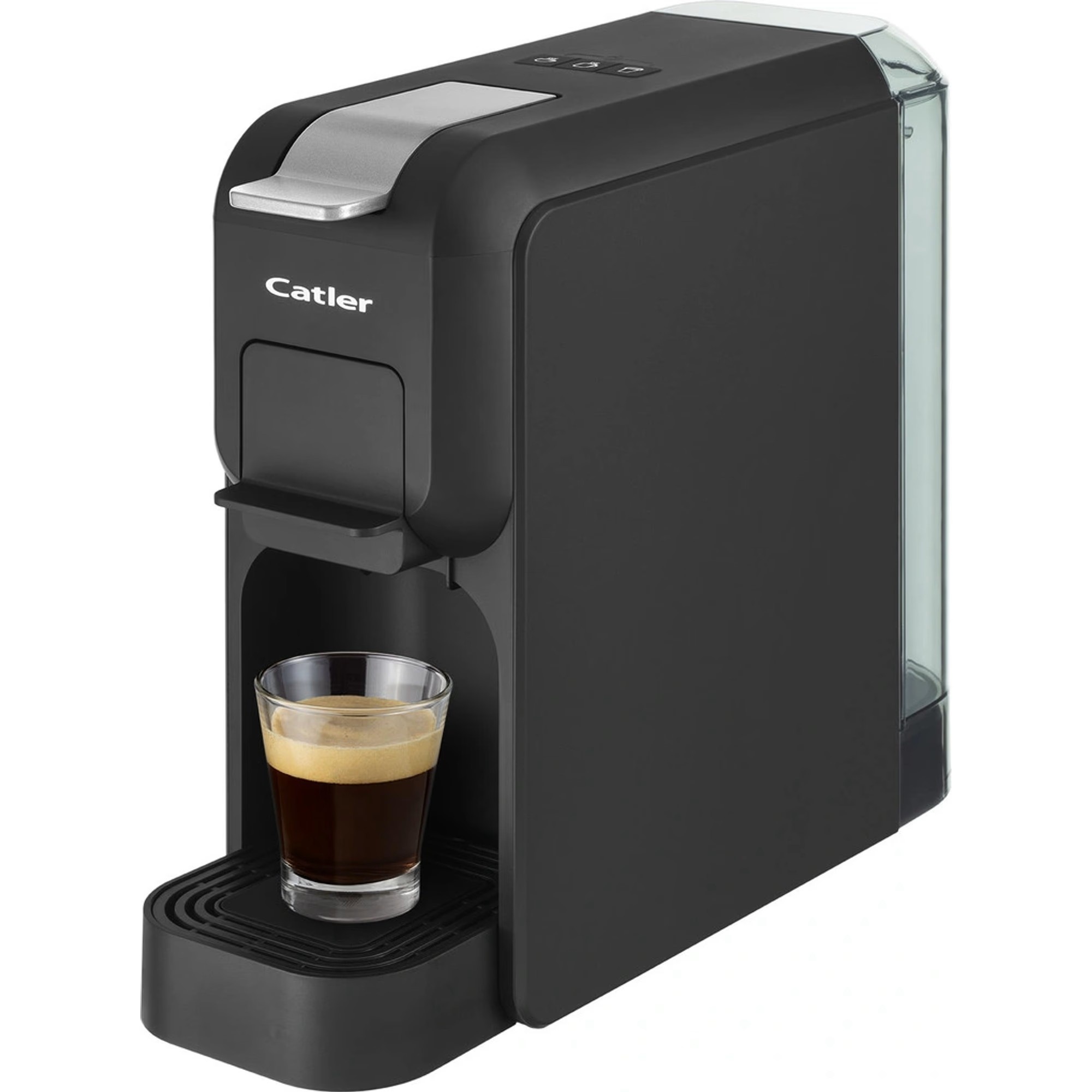
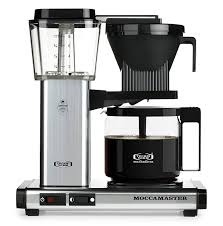

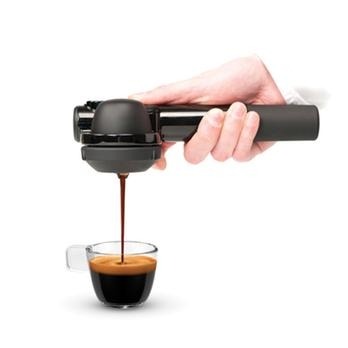


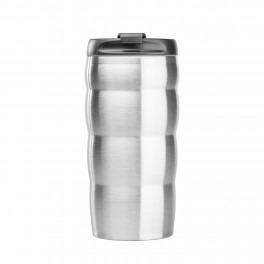
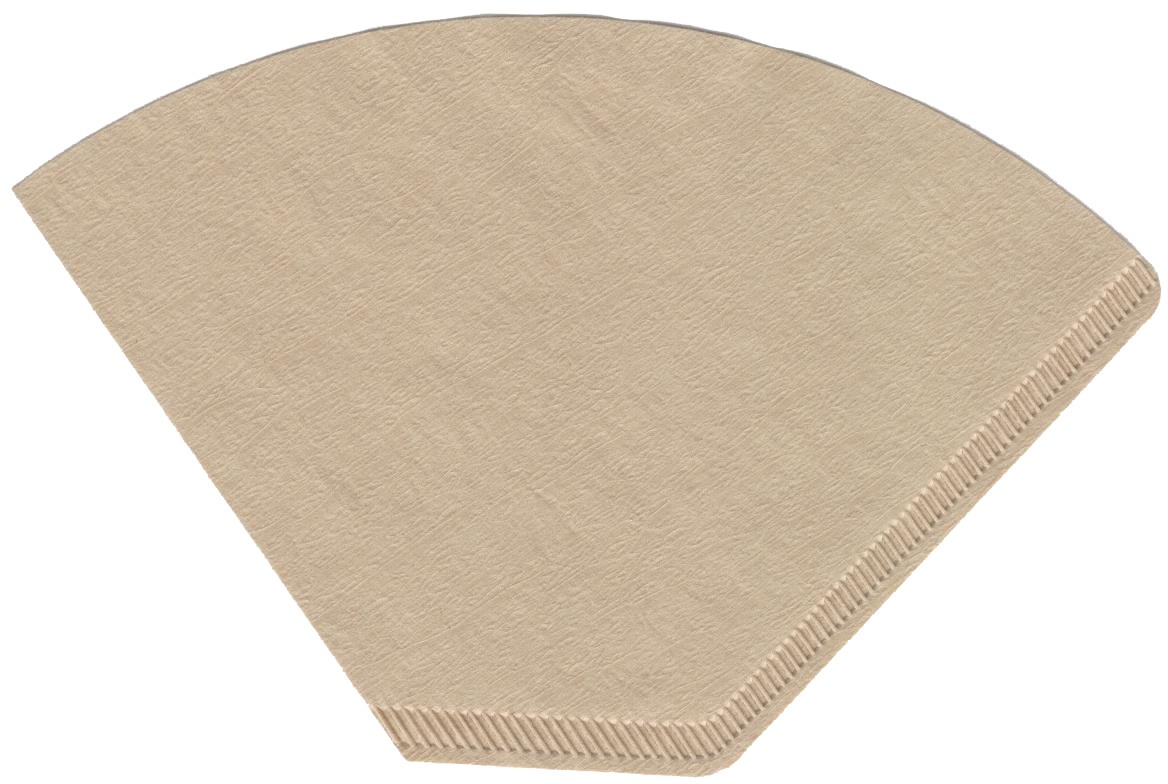
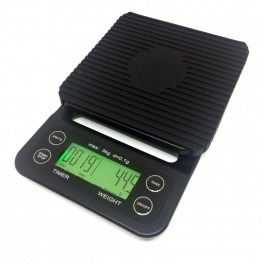
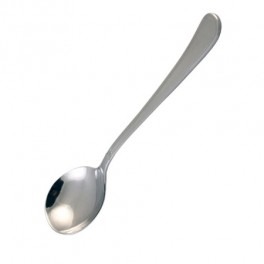
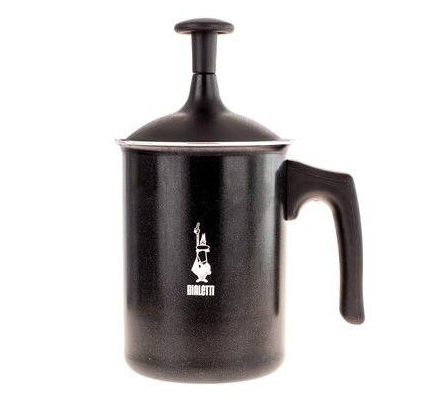
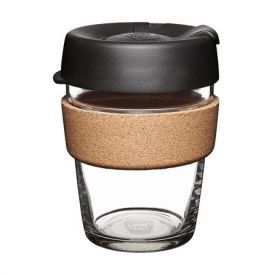
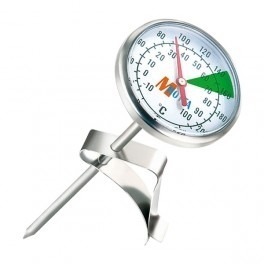
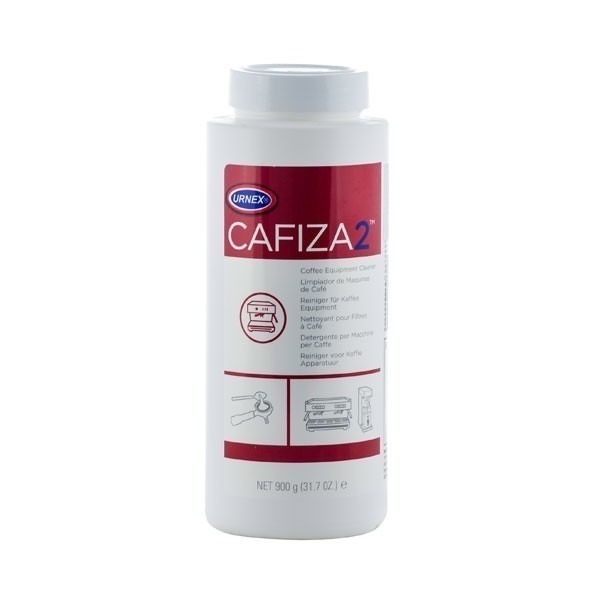
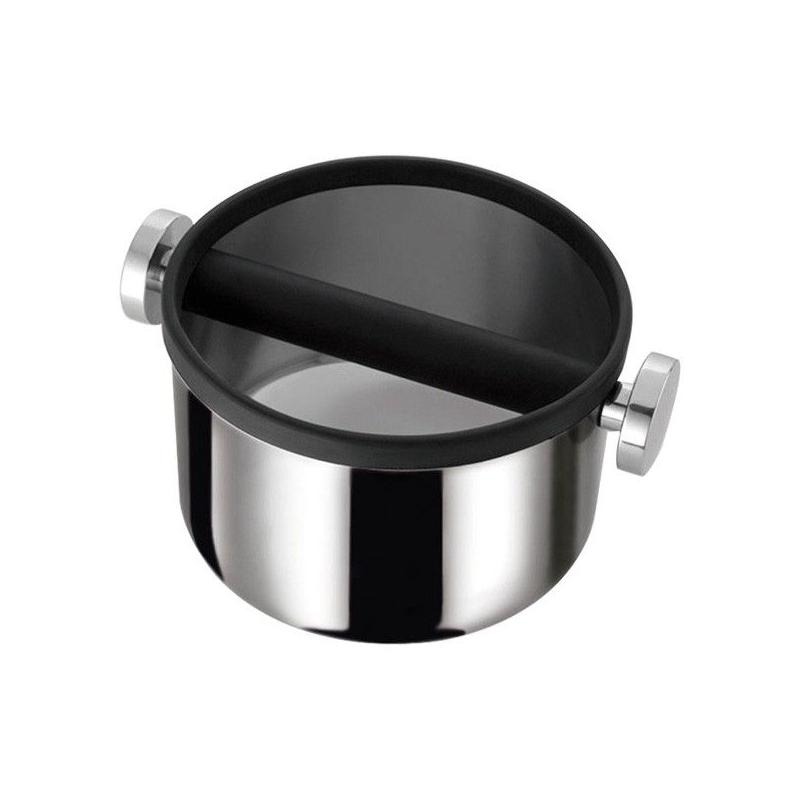
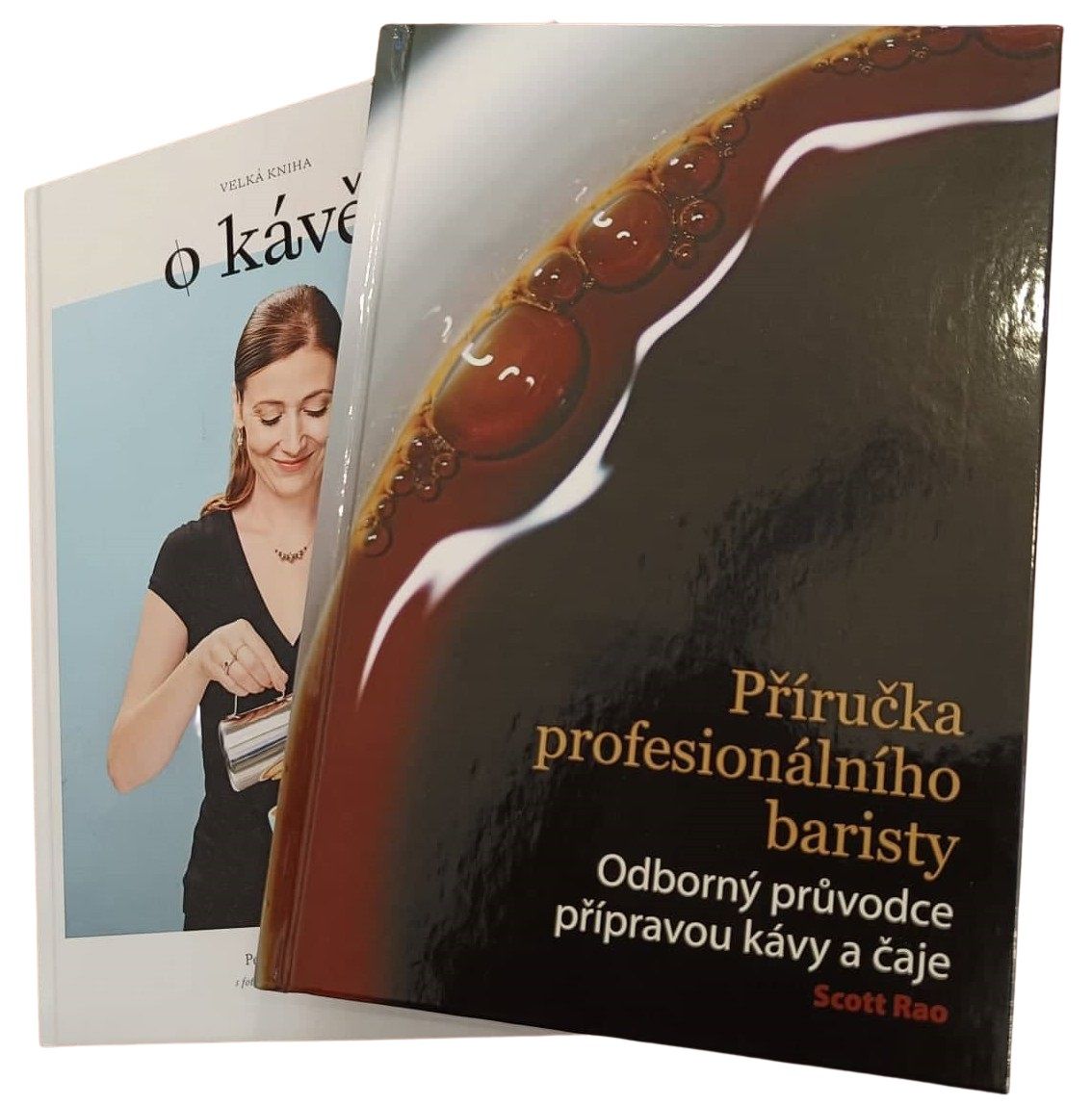
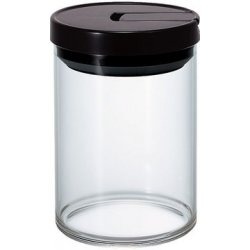
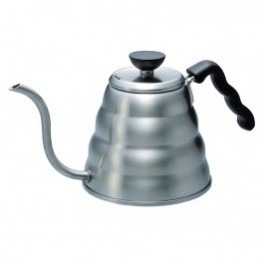
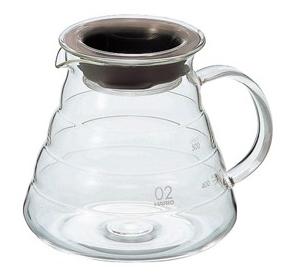
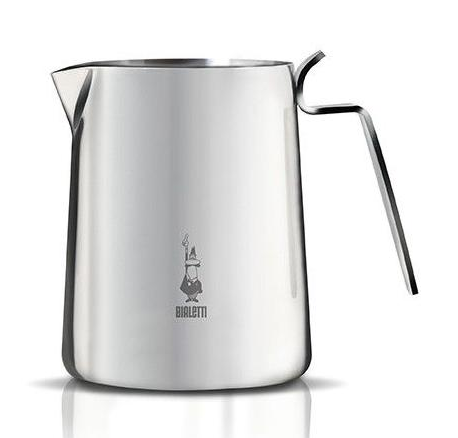
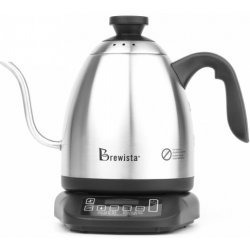

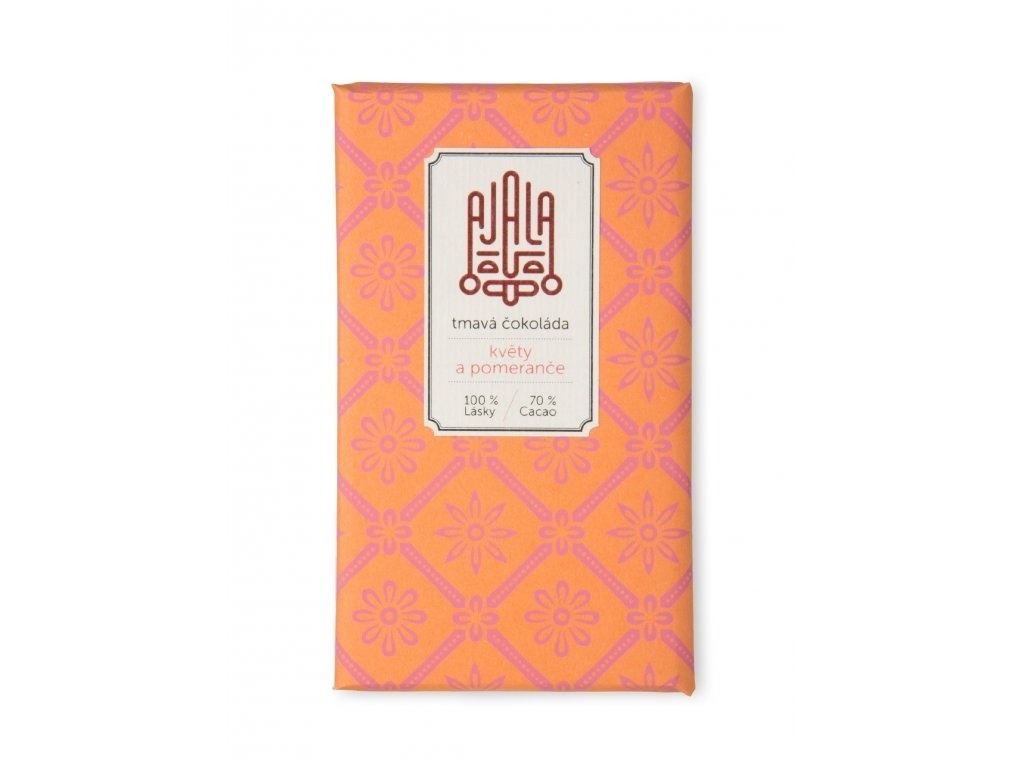
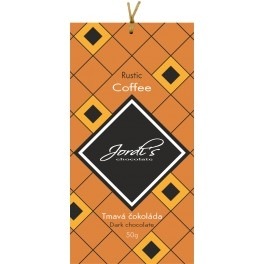
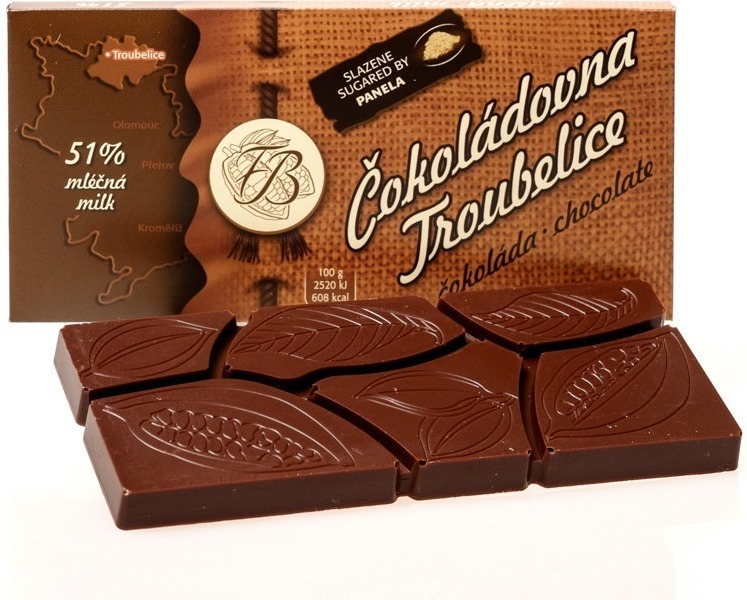




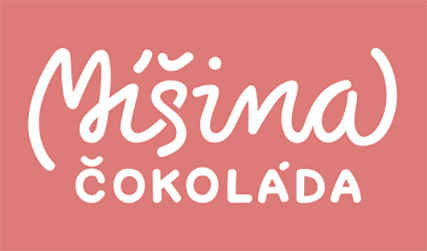

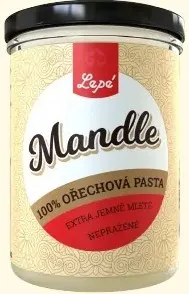
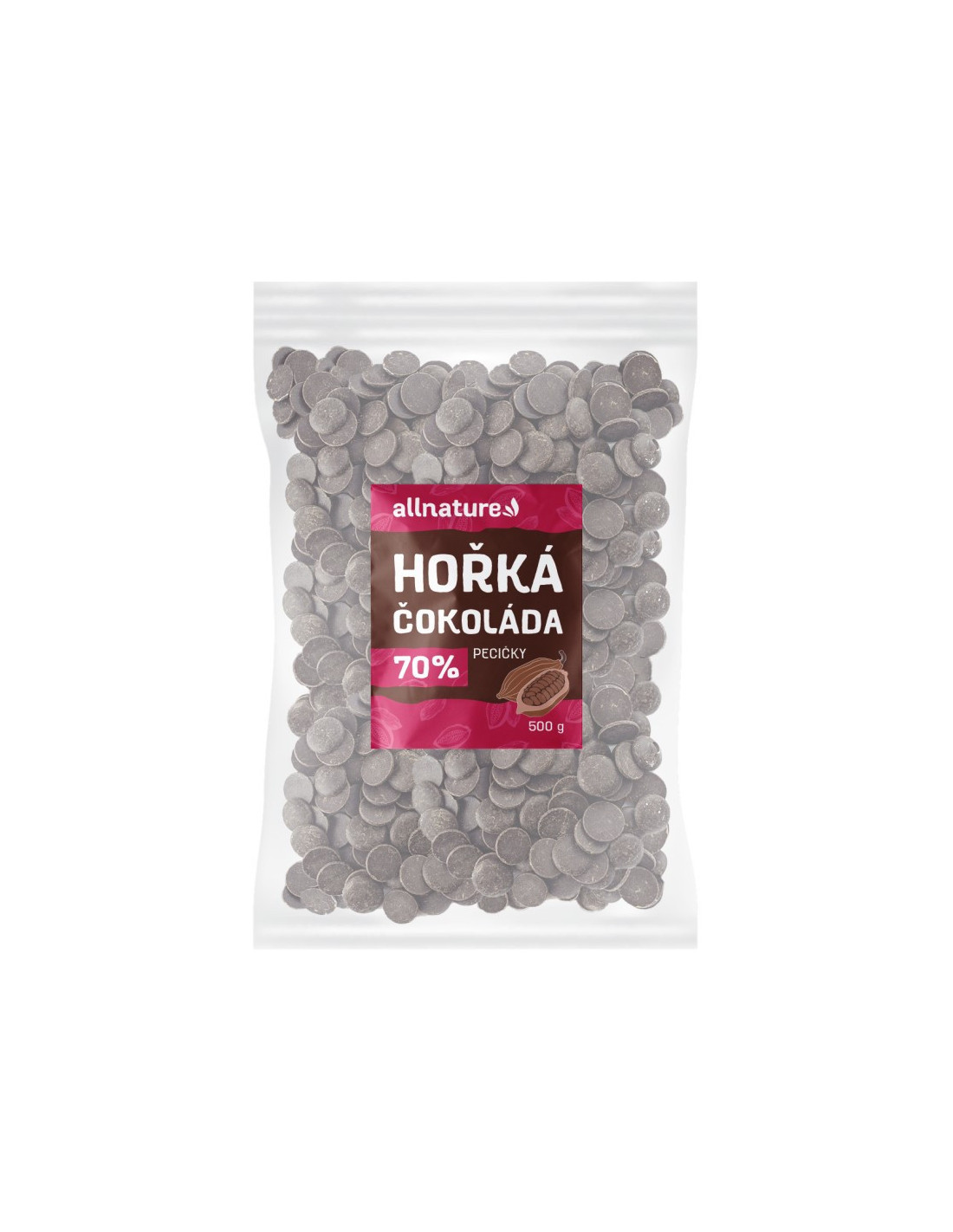
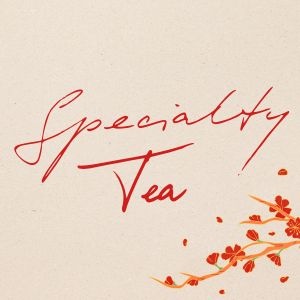
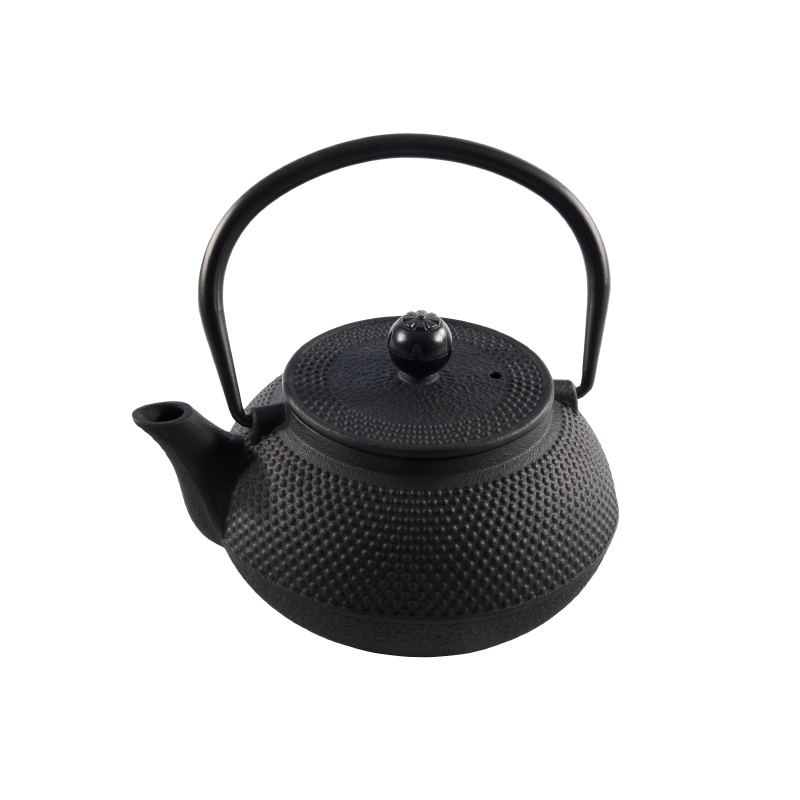

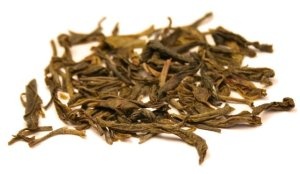
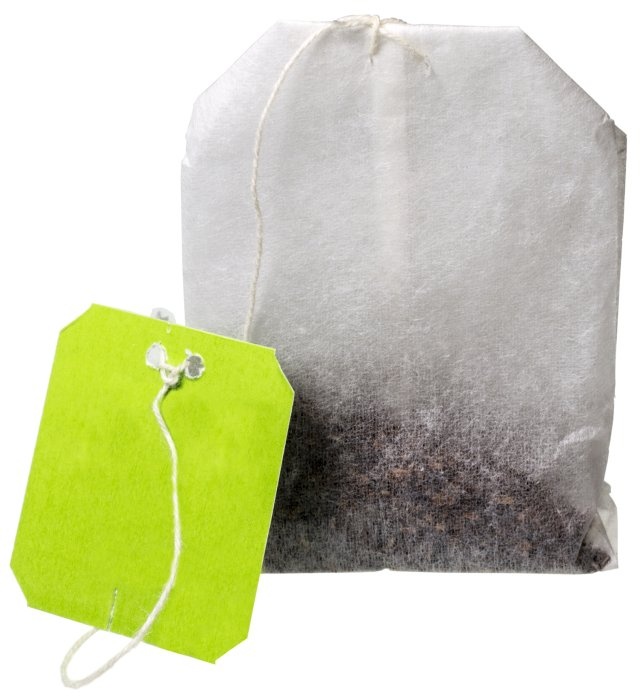
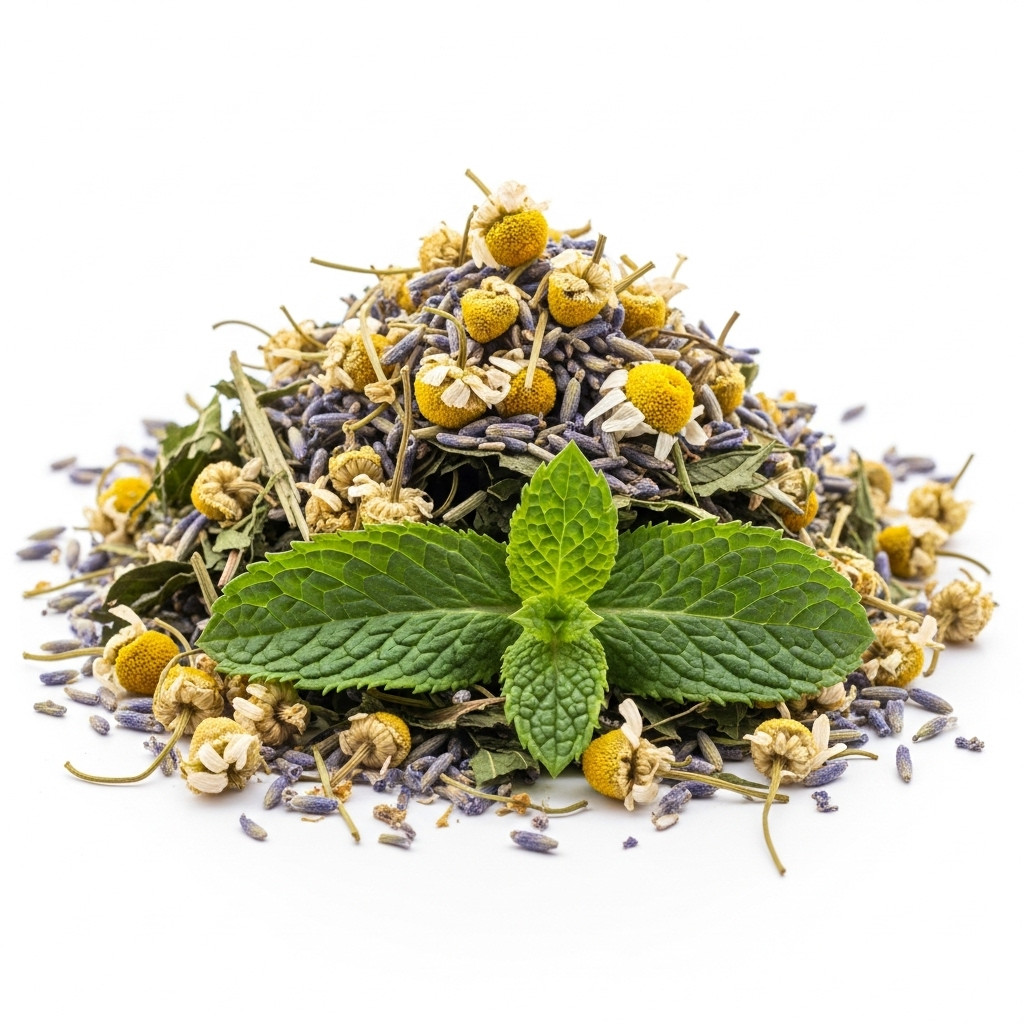
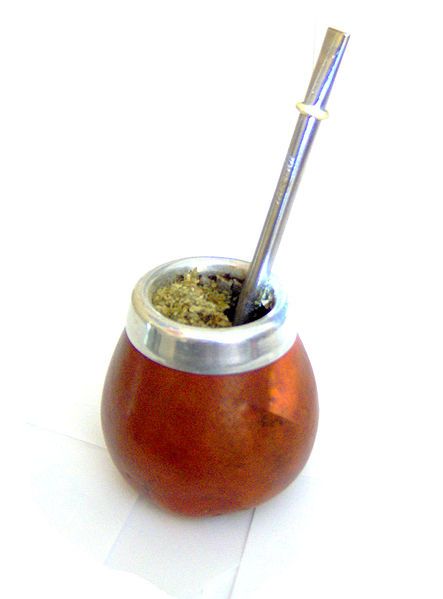
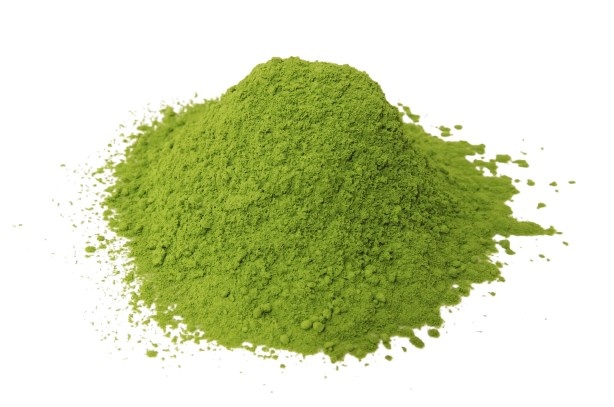

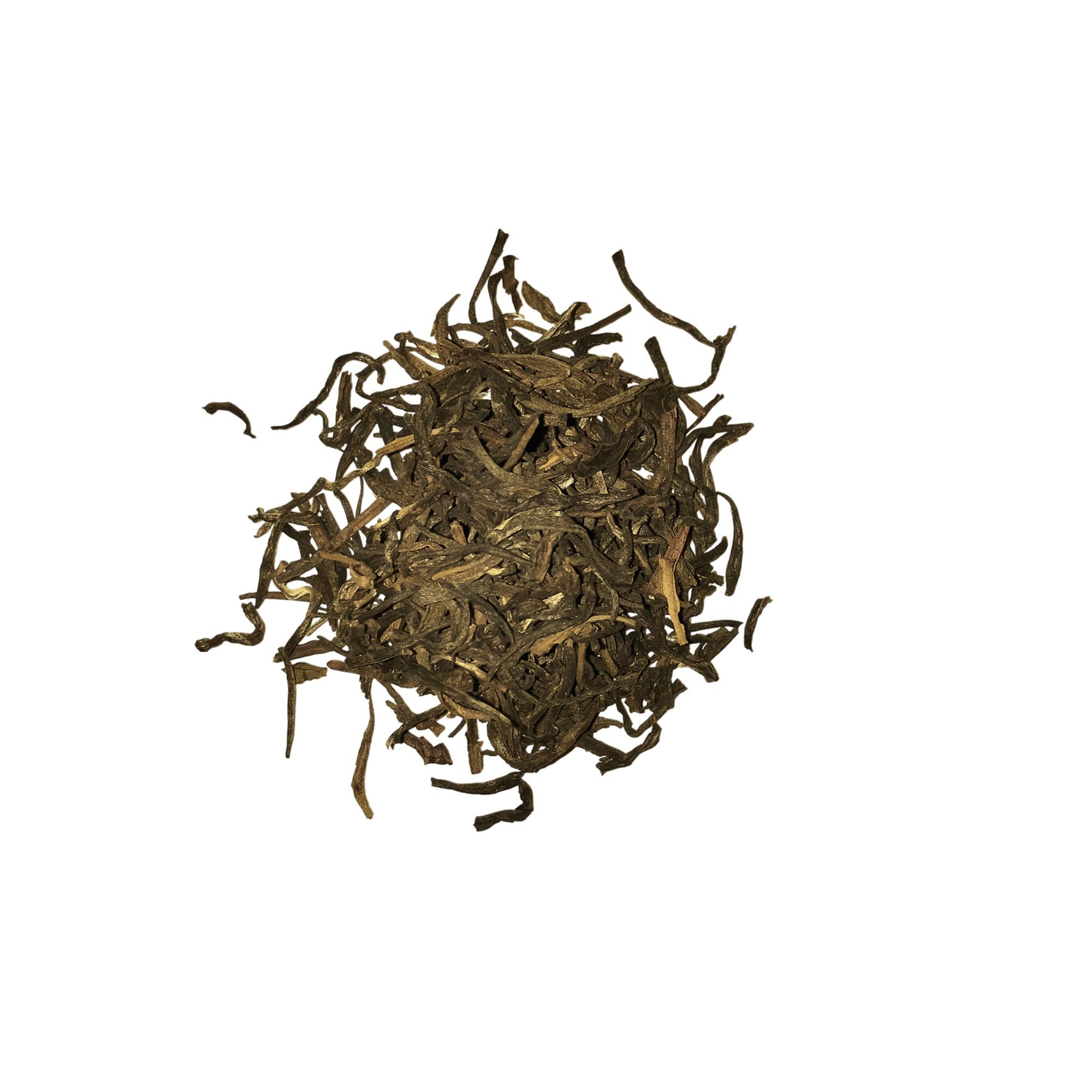
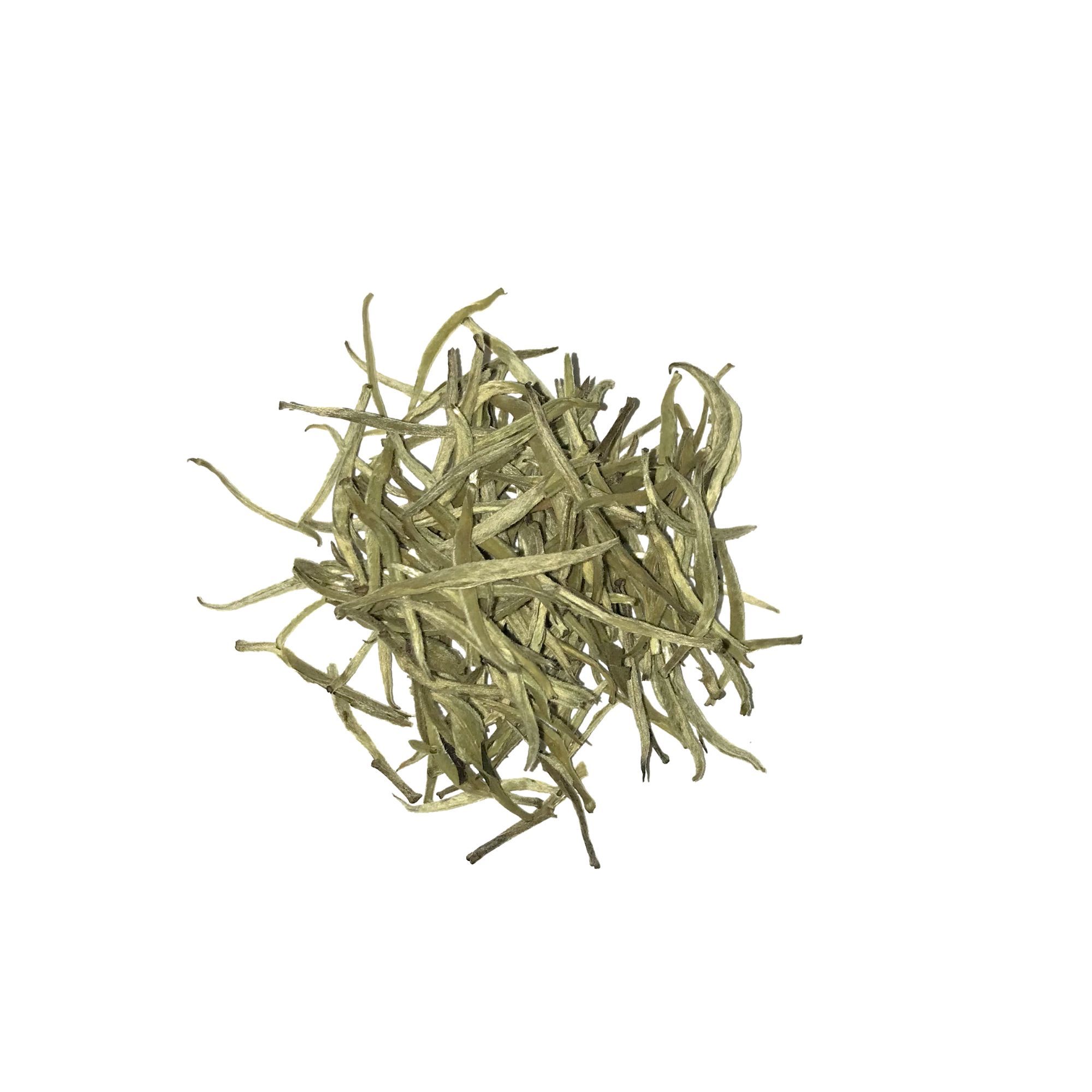

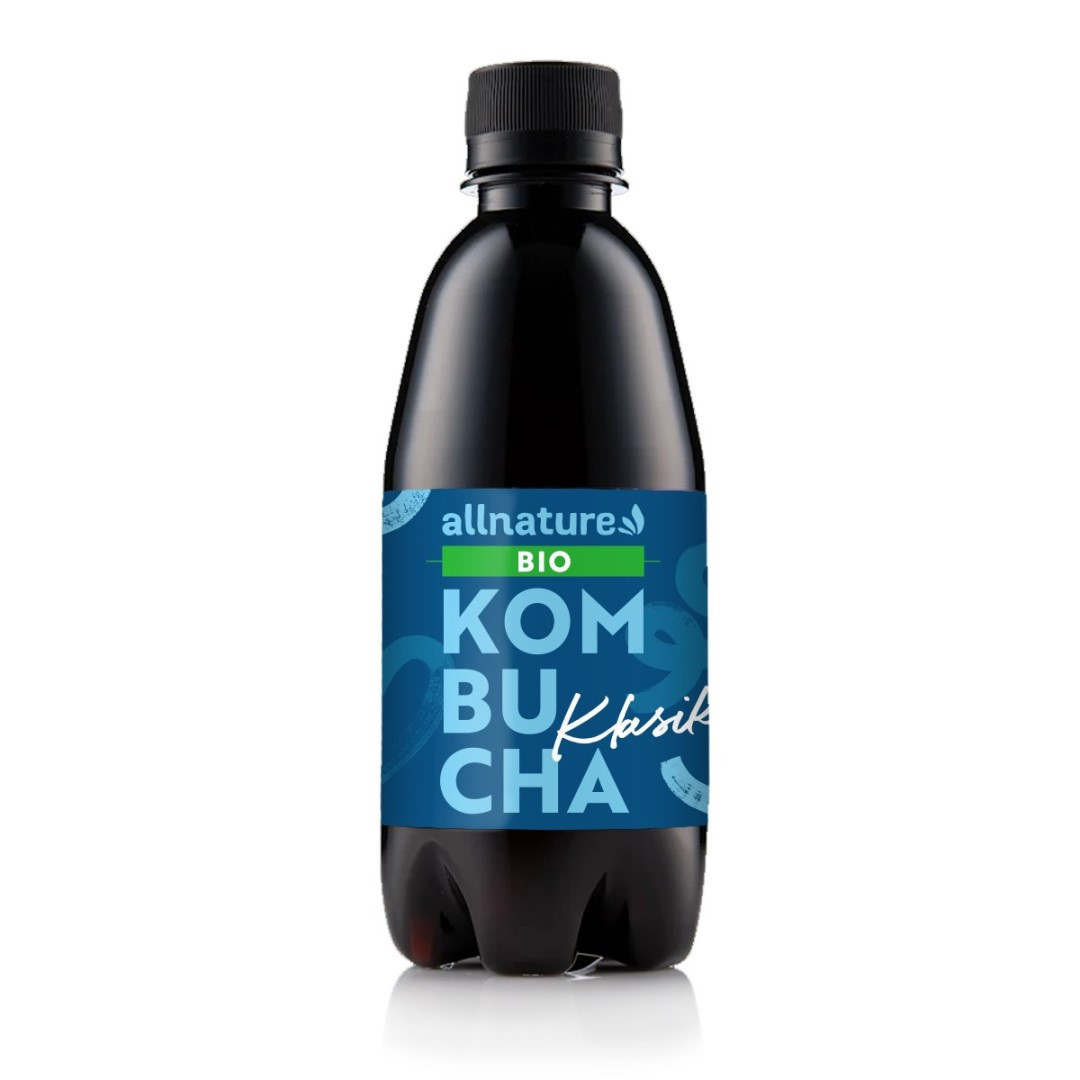
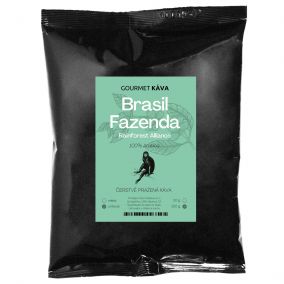

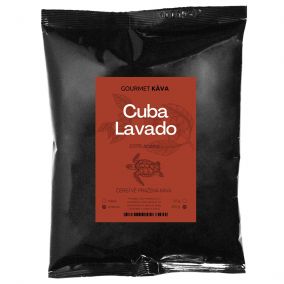

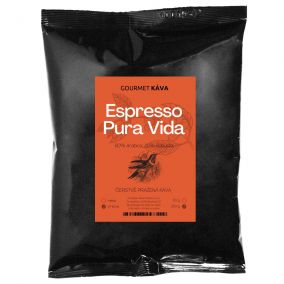

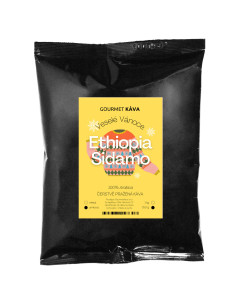

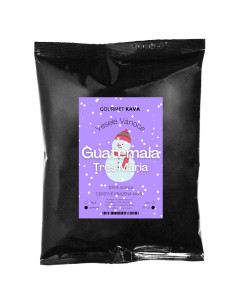


Comments (0)